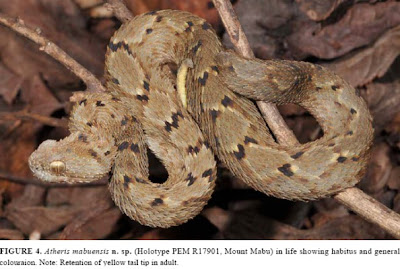

 Gobiopterus chuno 玻璃蝦虎 x 4
Gobiopterus chuno 玻璃蝦虎 x 4 Devaios annandalei 緬甸紅翅鑽紋斑馬 x 4
Adontosternarchus sp. cf. balaenops 大理石迷彩飛刀 (=大理石飛刀, 麻花飛刀)
Sternarchorhynchus sp. cf. roseni 象鼻飛刀1 (台族) x 2
Sternarchorhynchus sp. cf. mormyrus 象鼻飛刀2 (台族) x 4
Steatogenys duidae 黃金大理石飛刀 x 3
Gymnorhamphichthys hypostomus 尖嘴帶紋飛刀 x 5
最近討論象鼻飛刀鑑定問題的時候只看了Campos-da-Paz(2000)的文章, 後來才發現Carlos D de Santana在2006年的Ichthyological Exploration of Freshwaters又發表了三個新種, 分別是Sternarchorhynchos gnomus, S. severii與S. caboclo (後兩者為共棲物種). 這三個種與我們最近買到的魚有沒有關係有待進一步的檢查. 不過根據de Santana的文章顯示在巴西境內至少還有4種未被描述的象鼻飛刀. 而由所提供的棲地照片顯示象鼻飛刀的棲地並非沼澤或懸浮物很多的水域, 而是大石磷峋的急流. 這暗示我們想要長期飼養這類的魚應該提供清澈流動的環境.
動物與魚隻來源: 台族水族, 石頭水族 & APT











































